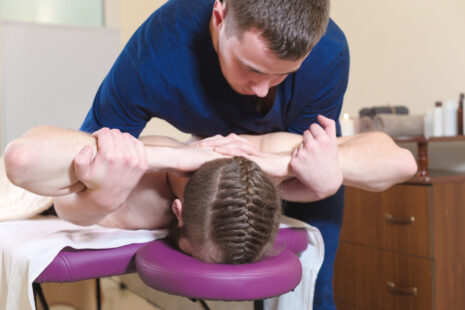A TENS (Transcutaneous Electrical Nerve Stimulation) unit may provide some pain relief for individuals with spinal stenosis, but its effectiveness can vary from person to person. Spinal stenosis is a condition characterized by the narrowing of the spinal canal, leading to pressure on the spinal cord and nerves. TENS units are non-invasive devices that deliver low-voltage electrical currents to the skin’s surface to help alleviate pain.
Here’s how a TENS unit might be helpful for spinal stenosis…
- Pain Management – TENS units can help reduce pain by interfering with the pain signals sent to the brain. The electrical currents may block or modify pain signals, providing relief to some individuals with spinal stenosis.
- Muscle Relaxation – TENS therapy may help relax muscle spasms or tension that can contribute to pain in spinal stenosis.
- Improved Mobility – By reducing pain and muscle tension, a TENS unit may help individuals move more comfortably and improve their mobility.
However, it’s important to keep in mind that while TENS therapy can offer relief, it does not address the underlying structural issue of spinal stenosis. Therefore, it is typically used as part of a broader pain management and rehabilitation program, which may include other treatments like physical therapy, medications, and lifestyle modifications.
Before using a TENS unit for spinal stenosis, it’s essential to consult with a healthcare provider, preferably one with experience in managing spinal conditions. They can help determine whether TENS therapy is appropriate for your specific situation, provide guidance on how to use the device effectively, and suggest complementary treatments to manage your spinal stenosis symptoms.




